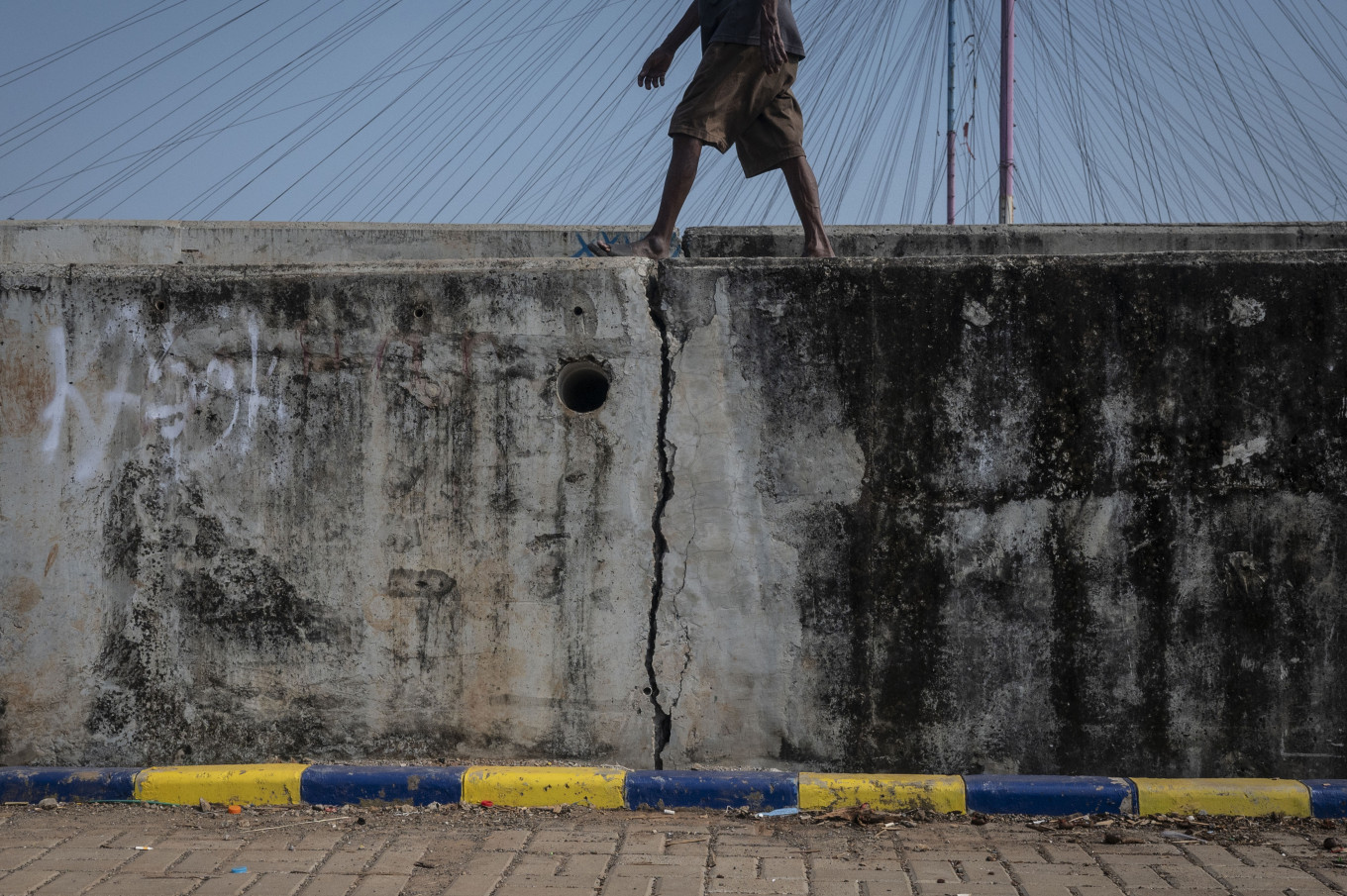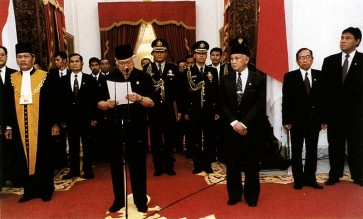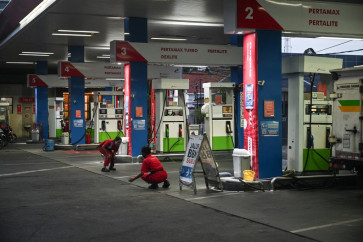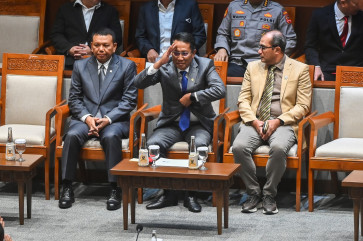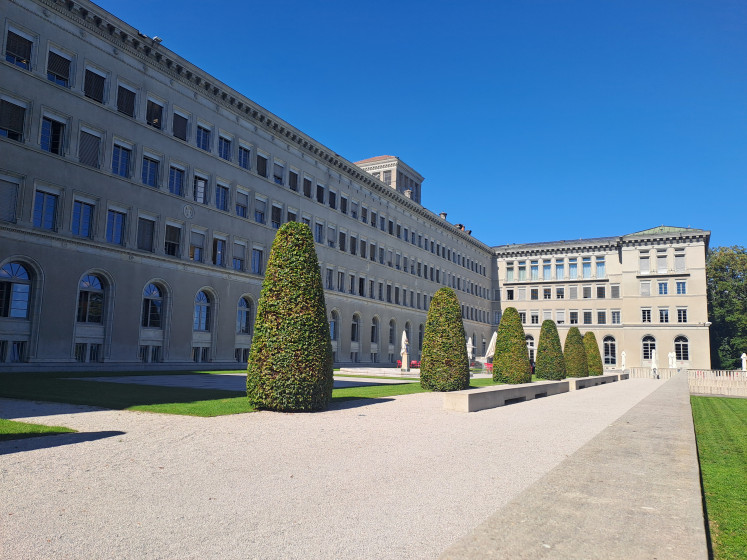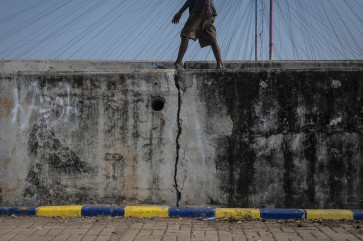Popular Reads
Top Results
Can't find what you're looking for?
View all search resultsPopular Reads
Top Results
Can't find what you're looking for?
View all search resultsThe lucrative Giant Sea Wall: A megaproject worth questioning
The Giant Sea Wall would be a perfect disaster, destroying fish spawning grounds and local and migratory waterbird habitats.
Change text size
Gift Premium Articles
to Anyone
E
very government seeks a large-scale project to define its legacy, as seen with Indonesia's Mega Rice Project (MRP), Merauke Integrated Food and Energy Estate (MIFEE) and the Nusantara capital city project.
Recently, the massive Giant Sea Wall project has emerged, planned for the northern coast of Java Island. Classified as a national strategic project, the sea wall construction is valued at an astonishing Rp 1,750 trillion (US$104 billion) about half the current state budget, and would span roughly 700 kilometers of coastline.
President Prabowo Subianto announced the plan following a visit to China early last month and later mentioned it in his maiden United Nations General Assembly speech, citing Indonesia's concern over sea-level rise along Java's northern coast (Pantura). While he quoted a smaller figure (480 km), the project raises numerous critical questions regarding its location, technology and execution.
The Giant Sea Wall, touted to protect 50 million people and many industrial areas, falls squarely into the category of gray technology, infrastructure based on cement and concrete. This contrasts sharply with green infrastructure, which prioritizes environmentally friendly, ecological solutions.
The Science 20 (S20) engagement group of the Group of 20, to which Indonesia belongs, has prepared a Call to Action for the upcoming G20 Summit in Pretoria, South Africa, in November.
In this statement, the S20 urges governments to reduce their reliance on gray technology for climate action. This is because massive concrete foundations disrupt groundwater availability, and the fossil fuel-dependent cement industry contributes significantly to the greenhouse gas emissions that cause global warming and rising sea levels.
Conversely, green technology, such as mangrove greenbelts, should be maximally utilized. Mangroves offer a highly effective, long-term ecological solution that is pro-job and pro-poor, as they boost the economy of local communities dependent on aquaculture and fisheries.

